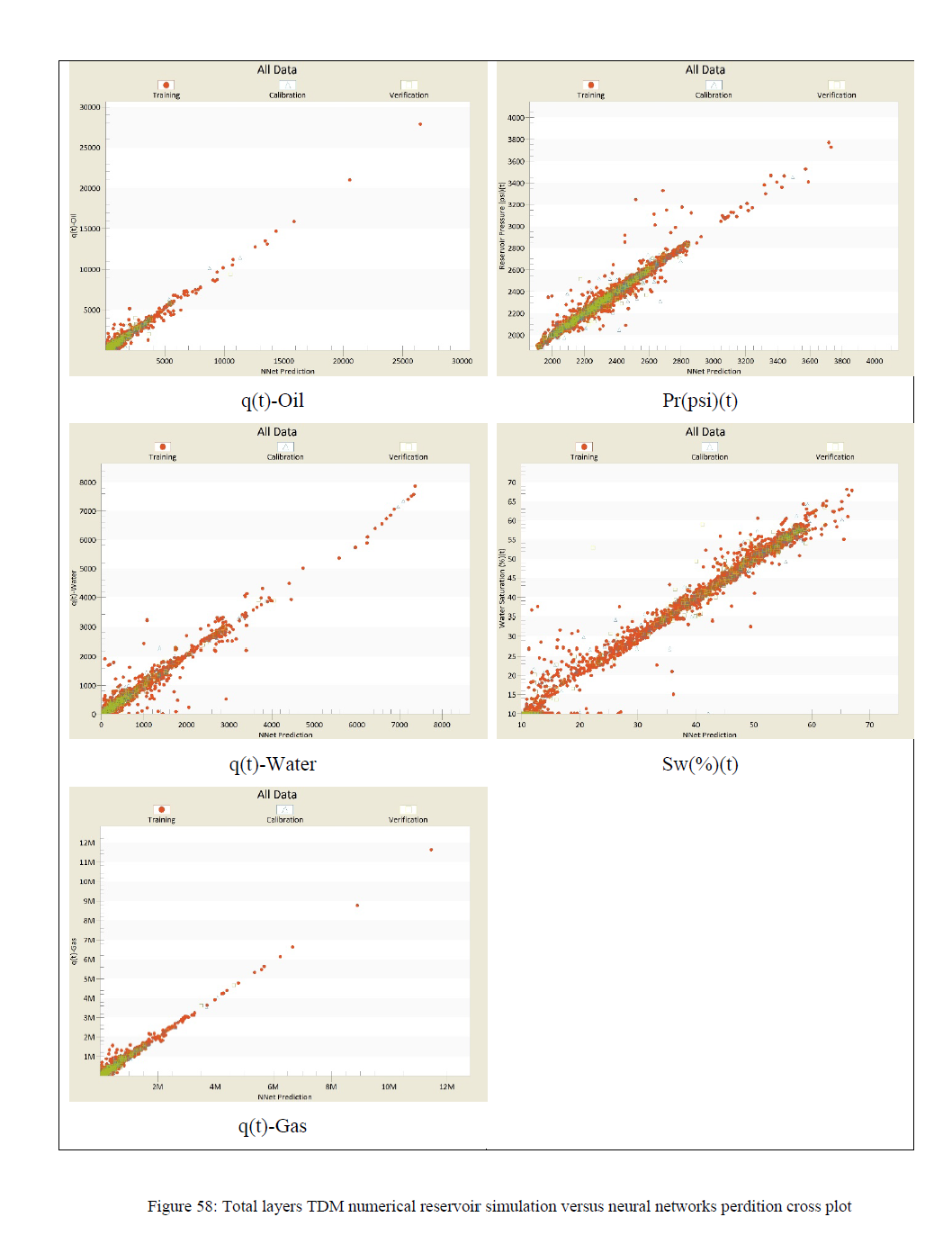Production Allocation of Reservoir Layers using Data-Drivers Reservoir Modeling
The pros of having a commingled layer scheme would be considered high with successful reservoir management. If not, the cons will impact the production drastically as unfortunate consequences may result in reservoir fluids communication, well integrity issues, and production termination. Although the plane requires optimizing production with minimal capital investments and operating expenses, it is an enormous challenge considering commingled layers frequent surveillance and workover requirements.
As the value of information is a decision tool for the surveillance frequency, the oil industry often uses static assumptions as an economical replacement of dynamic measurements such as KH static modeling. However, the last is misleading for not considering the effect of dynamic attributes such as reservoir pressure and fluid properties. Simultaneously, the evolution of Artificial Intelligence (AI) and Machine Learning (ML) made the challenge of allocating commingled layers allocation possible since AI does not build assumptions based on static properties but rather pick the static and dynamic patterns associated with rock and fluid properties. Accordingly, AI and ML application was used in this research as a new approach for commingled layers allocation estimation, which is known technically as Top-Down Modeling (TDM). TDM features the entire acquired static and dynamic field measurements through Artificial Intelligence and Data Science that utilizes Machine Learning, Fuzzy and crisp Logic via Neural Networks to develop a reservoir model.
TDM was tested on a synthetic heterogeneous reservoir model with three commingled layers across 63 wells in conjunction with multi-random comingling schemes throughout wells’ lifespan. As the static KH modeling proven ambiguous in picking the effect of reservoir pressure on production profile per layer, a high certainty TDM modeling was successfully achieved both horizontally and vertically on a layer basis which confirms the capability of TDM in allocating commingled layers production in terms of certainty, and operational cost.







